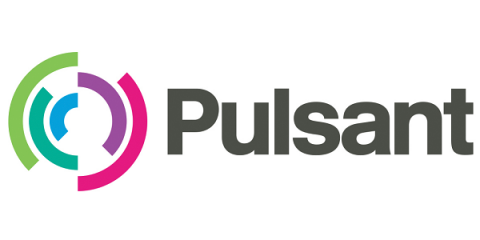Video analytics at the edge: How video processing benefits from edge computing
Computer vision: digital understanding of the physical world From face recognition to fire prevention, autonomous cars to medical diagnosis, the promise of video analytics has enticed technology innovators for years. Video analytics, the processing and analysing of visual data through machine learning and artificial intelligence, is perceived as a significant opportunity for edge computing.



